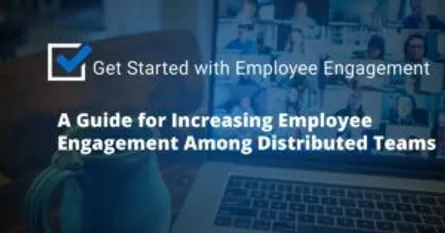
4 Ways to Effectively Manage Different Work Styles
- Admin
- Collaboration
- 16 Oct, 2023
 It’s no great secret that everyone works in different ways and that diverse styles or work energizers can often clash and lead to conflict. All employees have different styles of working that draw on their strengths and weaknesses, and these different styles make up a team culture. For teams to work together effectively, they should be aware of each other’s ways of working, and leaders need to be able to manage different work styles to their advantage.
It’s no great secret that everyone works in different ways and that diverse styles or work energizers can often clash and lead to conflict. All employees have different styles of working that draw on their strengths and weaknesses, and these different styles make up a team culture. For teams to work together effectively, they should be aware of each other’s ways of working, and leaders need to be able to manage different work styles to their advantage.
A well-balanced team that draws on the strength of each member’s work styles can lead to increased productivity, innovation, and efficiency in the workplace. But nothing hurts productivity and growth like a team that doesn’t know how to work together. This often translates into lost time, workplace stress, financial costs, and employee departures.
Why it’s important to understand each other’s work styles
We know, figuring out how to manage different work styles is tough! If team members don’t feel challenged, motivated, or heard by others on their team, they will quickly dis-engage. And, if members don’t complement each other’s strengths and weaknesses, you’ll end up with a group that does too much or too little of one working style.
Team members with the same work style and attitude can encounter a few hiccups. For instance, if everyone in a team thought only of strategies and end-goals without considering the finer details of accomplishing those goals (such as structure, time constraints, quality), execution rates would be low and work would fall behind schedule.
Similarly, innovative, out-of-the-box thinking would be more of a hurdle if everyone preferred rigid and planned work structures. So what’s the right balance?
The right balance of work styles
As team leaders, we must understand and manage a variety of work styles every day to be effective. So let’s start with a quick little assessment. This test might sound a bit like you are at the eye doctor, but I promise it will be painless. Simply pick Option 1 or Option 2 for each of the following questions:
- When it comes to solving problems, do you tend to be more (1) Deliberate or (2) Decisive?
- When it comes to relating to people, do you tend to be more (1) Reflective or (2) Outgoing?
- When it comes to your work pace or level of urgency, do you tend to be more (1) Steady or (2) Spontaneous?
- When it comes to processes and procedures, do you tend to be more (1) Cautious or (2) Freeform?
Now count up your ONEs and TWOs. If you ended up with 3 or 4 ONEs, your overall work style is oriented toward stability. If you ended up with 3 or 4 TWOs, your overall work style is oriented toward change. If you ended up with 2 ONEs and 2 TWOs, you bring a balance between stability and change orientation.
On any given team and depending on size, you may want at least two different types of work styles present. There’s a popular decision-making practice where employees assume different thinking hats. For example, one employee may be tasked with coming up with new ideas. They’re encouraged to bring unpredictable or possibly outlandish ideas to a meeting. Another employee is then tasked with being more discerning. They ask questions and assess the risks of different ideas.
By assigning team members a specific hat, at different times, for different projects it opens up for more inclusive discussions where a variety of ideas and perspectives can have a seat at the table. It’s a great way to bust dreaded group-think that often stifles innovation. This approach shows that every work style is a strength when expressed in the right situations.
So let’s walk through some key tips to keep in mind when managing people and teams with a mix of work styles.
How to Manage Different Work Styles
Set a clear vision for the team.
Managing challenging behaviors – such as steamrolling or overanalyzing – takes planning and communication on your part. It’s important to play to your people’s strengths and direct their energy toward common goals.
The tone of your workplace has a lot to do with setting expectations – and that’s your job. When beginning a project, gather the right team members together to talk about objectives and goals. How does the project support the company’s values and vision? How does each person’s role support the goals? Everyone should be on the same page, working toward the same outcome.
How the team arrives at the final goal may look different to each person because of their individual work style or energizer. So, it’s up to you to focus or redirect their strengths, make sure they understand their roles, give feedback along the way, and give them the support or independence they need to do great things.
Be aware of your own work style as the team leader.
As leaders, we set the tone for our team. Every one of our team members can probably rattle off our behavioral traits without hesitation. When we are aware of our own tendencies and preferences, we have more opportunity to observe our own blind spots and change course when necessary. Not sure what your own behavior tendencies, motivators, and work energizers are? Take this assessment.
Harness the power of diversity of thought and inclusion.
When a team can see and understand how each person brings unique work-style strengths to the team, their capacity for better collaboration increases. Measure your team’s unique culture and determine the shared strengths of the team, as well as each individual team member. Talk about how different work styles have benefited the team.
Run a Team Culture Playbook
Dynamics can ebb and flow and sometimes things change. To keep a pulse on your team, consider monthly team huddles that act as a temperature check on your team. Using a Team Culture Playbook, you can align culture to strategy and improve your team’s performance. It’s a three-step process to help guide you through driving better collaboration, inclusion, and team effectiveness more quickly.
During these huddles, you and your team will discuss differences, strengths, priorities, and actions for the future so each member can work better together. With ongoing, frequent, and bite-sized assessment of your team’s culture, you’ll be well on your way to retaining and re-engaging team members while improving your team culture.
Be intentional with your team meetings.
Put your knowledge of each team member’s work styles to use during team meetings. Ensure you actively bring in your more reflective team members, as they may not readily volunteer what they are thinking. Tap into people who are wired for a specific topic. For instance, ask your freeform team members to come prepared with some new ideas. Leading team meetings with intention makes the meeting outcome more productive, and it allows you to draw on different team members’ strengths.
It’s also important to meet people where they are. So, when you’re working with someone who relies on facts to make decisions, you should provide information that supports why something needs to be done. And you should expect that person will do her own research to verify your information. It’s simply how she works.
However, to adapt your management style to meet a real go-getter, you’ll want to be very direct with this team member. Tell him where he stands, what needs to be done, then get out of his way and let him do it. He’s all about getting it done. This team member will appreciate knowing where he stands with you. On the other hand, when you have a very social person on your team, you can expect to spend the first 5-10 minutes talking about family, current events, or other happenings before getting down to business.
Meeting each employee where they are when you interact with them in meetings will go a long way toward fostering the trust you need to execute on the vision you have set.
The variety of people on a team directly affects employee engagement, productivity, and retention. Your ability to manage different work styles will impact those areas. So, it is important to understand your own and your team members’ work styles and how they influence team culture. You can then bring balance to your teams, allowing each member to do their best work.
If you’re not sure where to start, we can help. Click here to request a free team culture map for up to 10 team members, and we’ll set you on the path to improved team performance.








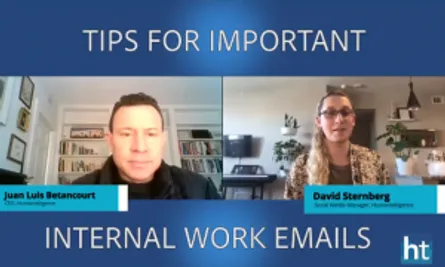

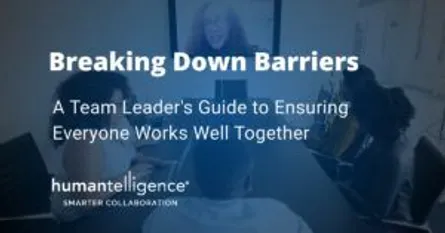


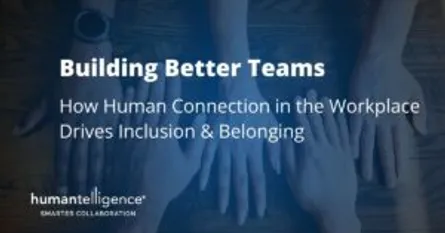

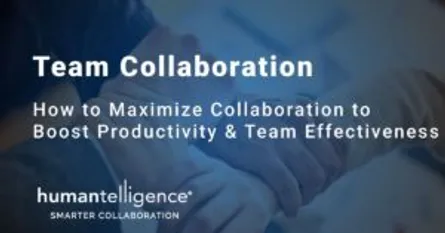




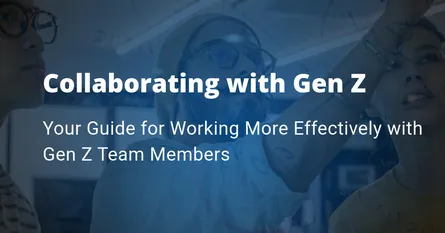


-Low-Quality.DNBpXyLx_1VXSiM.webp)
.CiqwvMOO_A63sY.webp)
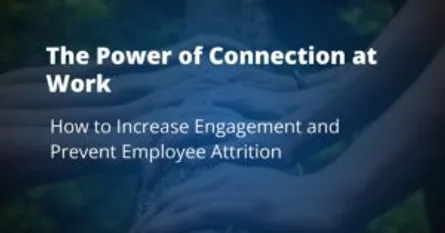
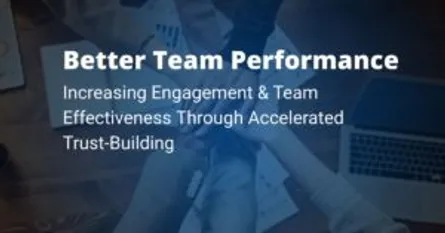
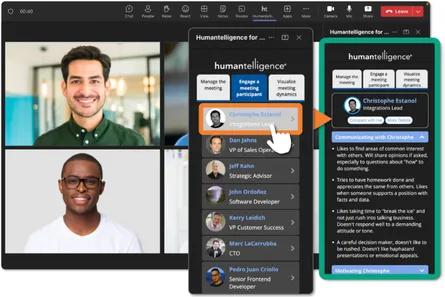

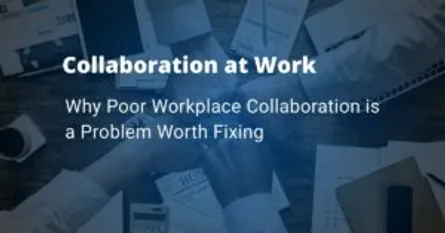
-Medium-Quality.ZFp5mEuF_Z13ebXJ.webp)


